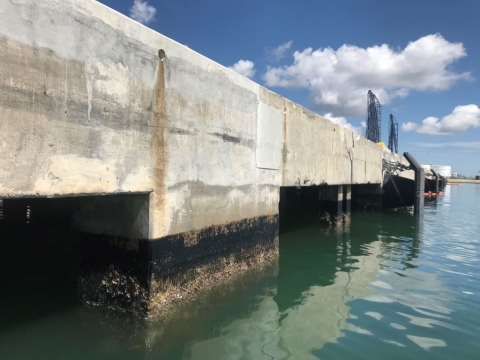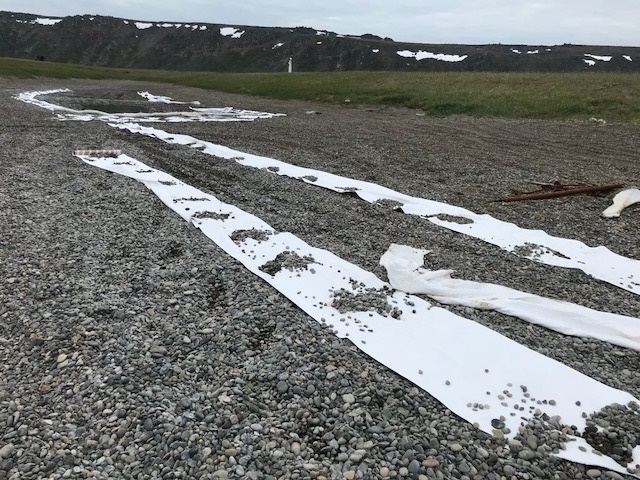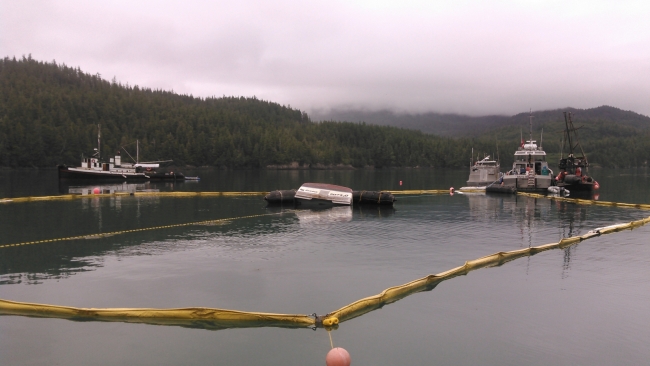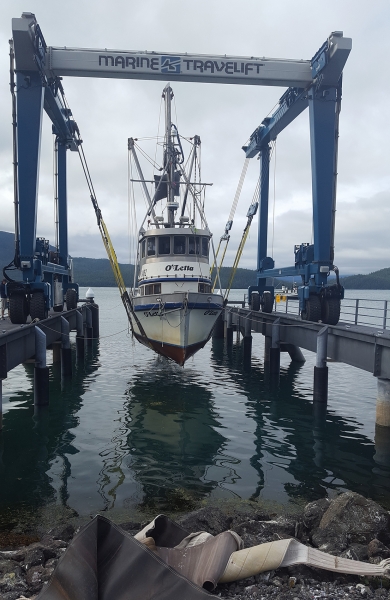SERIOUS
ALLEGATIONS: ABUSE OF LAWS AND VIOLATION
OF CITIZENS' CONSTITUTIONAL RIGHTS
Former
corrupt judge Margaret McVeigh steals property valued at $475,000 for $20,000
in undue taxes in Wayne Township, New Jersey. She was forced to resign in
2016 after complaints regarding her criminal acts
Dear Legislators:
I have been reading about
abuse of laws and violation of citizens' constitutional rights by municipal and
superior court judges as a way of shaking them up. In one case reported
to the media, former Chancery judge Margaret McVeigh in Passaic County
stole homestead property valued at $475,000 for $20,000 in undue taxes in Wayne
Township, New Jersey. Could you please comment on this story?
Sincerely,
Camila Jones
JUDICIAL
CORRUPTION AND ABUSE OF LAWS IN NEW JERSEY
I
have been reading your stories regarding local courts that must stop shaking
N.J. residents down for cash.
I
must inform you that these practices are not limited to the municipal
courts. They are widespread in the superior courts, the Chancery (or
general equity) divisions that handle tax sale foreclosures. They
threaten people with forfeiting their homes and with eviction if they fail to
pay taxes that may not even owe.
In
my case, they stole my homestead property and place of business that was valued
at $475,000 for a property tax of $20,000. The property was over-assessed
by more than 40 percent in violation of N.J.S.A.
54:4-23 and the Uniformity Clause of the NJ Constitution (Article VIII, Section
1, paragraph 1(a)), and they knew it, but they confiscated my home,
anyway. Tragic, tragic, situation.
The
corrupt former Chancery judge Margaret McVeigh never issued an application of
the law to the facts in violation of court Rule 1:7-4(a).
Furthermore, court rule R. 4:64-6 states that in foreclosure of tax sale
certificates, if the defendant's answer sets up the defense of the invalidity
of the tax or other lien, or the invalidity of the proceedings to sell, or the
invalidity of the sale, those questions shall be tried in the action.
However, here there is neither fact finding nor a trial on any of the issues
raised by Dr. Stephanatos. The corrupt former Chancery judge Margaret
McVeigh failed to consider the equities that were in favor of Dr. Stephanatos
or that a windfall will result. See M&D Assocs. v. Mandara, 366 N.J.
Super. 341 (App. Div.) certif. denied, 180 N.J. 151 (2004) for its
rationale that chancery courts "in such foreclosure cases should be
alerted . . . that a significant windfall might result if adequate scrutiny . .
. is not undertaken[,] In view of our decision, the operation of the tax sale
law requires that the entire judgment must be vacated as void based upon
equitable considerations.”
Dr. Stephanatos was also
targeted by the government due to the filing of several lawsuits, both federal
and state; he was penalized by the judges for that. What the government
did was unlawful, unfair and unreasonable.
The
Passaic County sheriff then filed criminal charges against me for refusing to
leave my home and they claimed they were assaulted. The criminal case is
pending for 7 years and 1 month now. It has not gone to trial because of
the massive corruption in the judicial system and because the sheriff employees
(Ronald A. Lucas and Vincent D'Agostino) committed perjury, i.e. they lied that
they were assaulted. Although an assault case must be brought to trial
within 1 to 2 years, it has been more than 7 years now. A defendant has a
fundamental constitutional right to a speedy trial. U.S. Const.,
amend.VI; N.J. Const. Art. I, ¶ 10. But the state judiciary
violated that right.
They
also violated my constitutional rights guaranteed by the Fifth Amendment and
Article I, par. 20 of the state constitution that prohibit private
takings; no state court had jurisdiction or authority to take a $475,000 homestead
property belonging in full to Dr. Stephanatos and deliver it to a third party
(American Tax Funding, LLC). But these corrupt judges did it
anyway.
What
has really shocked our conscience is that ATF, LLC/Wayne Township knowingly
charged unlawful and/excessive taxes in violation of the Uniformity Clause
(Article VIII, Section 1, paragraph 1(a)). They also charged him 18
percent interest and 6 percent penalties on top of these excessive and illegal
taxes. Thus, a tax dispute of less than $20K (the over-assessment amount)
became $60K. We found that Dr. Stephanatos offered to pay the $20K
overassessment amount, but refused to pay the $60K amount. Then the
antitrust conspirators (See the U.S. District Court in Newark Antitrust
Litigation that found that ATF, LLC conspired to defraud homeowners of their
properties and money) confiscated his residential real estate property, along
with his business, Metropolitan Environmental Services.
PRIVATE
TAKINGS ARE PROHIBITED BY BOTH FEDERAL AND STATE CONSTITUTIONS; AS A RESULT,
THE CHANCERY COURT EXCEEDED ITS CONSTITUTIONAL AUTHORITY AND ITS JUDGMENT WAS
VOID AB INITIO
We
provide the following two precedential New Jersey cases where the courts have
ruled that an act of the legislature cannot confer
any right upon an individual to deprive persons of the ordinary enjoyment of
their property without just compensation. Here are the two seminal cases:
An act of the legislature cannot confer any right upon an
individual to deprive persons of the ordinary enjoyment of their property
without just compensation.
Oechsle v. Ruhl, 140 N.J. Eq. 355, 54 A.2d 462 (Ch.1947). Constitutional Law.
An act of the legislature cannot confer upon individuals or
private corporations, acting primarily for their own profit, although for
public benefit as well, any right to deprive persons of the ordinary enjoyment
of their property, except upon condition that just compensation be first made
to the owners. Pennsylvania
R. Co. v. Angel, 41 N.J. Eq. 316, 7 A. 432, 56 Am.Rep. 1 (1886).
See
also the following federal law, prohibiting private takings:
The
Public Use Clause provides that “one person's property may not be taken for the
benefit of another private person without a justifying public purpose, even
though compensation is paid.” Hawaii Hous. Auth. v. Midkiff, 467 U.S.
229, 241 (1984) (quoting Thompson v. Consol. Gas Corp., 300 U.S. 55, 80
(1937). Because a private taking cannot be constitutional even if compensated, “[a]
plaintiff that proves that a government entity has taken its property for a
private, not a public, use is entitled to an injunction against the
unconstitutional taking, not simply compensation.” Carole Media LLC v.
N.J. Transit Corp., 550 F.3d 302, 308 (3d Cir. 2008).
UNREASONABLE
SEIZURES ARE PROHIBITED BY ARTICLE I, PAR. 7 OF THE NEW JERSEY CONSTITUTION
They
also violated the Fourth Amendment right to be free from unreasonable searches
and seizures (see also Article I, Paragraph 7 of the New Jersey
Constitution). They seized and confiscated a residential property valued
at $475,000 (plus his business as well) for a small amount of disputed
taxes. These are truly criminal acts.
If
you can listen and publish my story, you will be shocked of what these judges
have been doing to shake people up for money. They essentially
blackmailing them: you either pay, or you lose your home; you either pay
or we put you to jail; you either pay or we take your license away, and
so on.
Here
is a link, if you want to learn more about this case. You will be
really-really-really shocked regarding what they have done to me.
See
also the corruption tip regarding Ronald Lucas who defrauded the police and
firemen fund by claiming on the job disability.
We
have evidence that Dr. Stephanatos was targeted by the government employees
because he had filed lawsuits asking for equal protection regarding his
excessive property taxes. That is why they violated the constitution and
confiscated his property for taxes that he did not even owe. These are
absolutely unethical and even criminal acts. Please investigate.
 Mr.
Tiernan — who went by “Grand Dude” when with his grandchildren and by
“Wild Bill” when on his Wyoming ranch — was born in West Orange, N.J.,
on May 18, 1951. The second of four kids, he grew up on the ocean in
Delray Beach and spent his childhood summers surfing on Cape Cod and in
East Hampton.
Mr.
Tiernan — who went by “Grand Dude” when with his grandchildren and by
“Wild Bill” when on his Wyoming ranch — was born in West Orange, N.J.,
on May 18, 1951. The second of four kids, he grew up on the ocean in
Delray Beach and spent his childhood summers surfing on Cape Cod and in
East Hampton. 








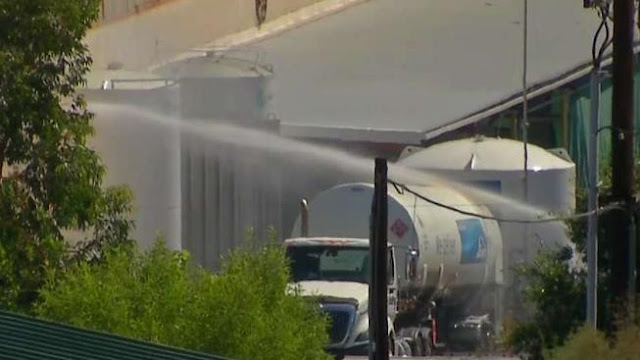


![[DGO]Schools Evacuated Due to Fire on Hydrogen-Filled Tanker](https://media.nbcsandiego.com/images/620*349/el_cajon_hydrogen_tanker_fire_fix_1200x675_1309033539657.jpg)






 Jim worked as a water patrol deputy for the county sheriff’s office. While working a 10-hour shift in the hot sun over a busy holiday weekend he began to feel sick. It started with a headache while he was working in a channel where hundreds of boaters congregate for a floating party. He then became dizzy and started to slur his speech. Jim’s patrol partner rushed him to the shore where medics took him to the hospital. Read more about his case
Jim worked as a water patrol deputy for the county sheriff’s office. While working a 10-hour shift in the hot sun over a busy holiday weekend he began to feel sick. It started with a headache while he was working in a channel where hundreds of boaters congregate for a floating party. He then became dizzy and started to slur his speech. Jim’s patrol partner rushed him to the shore where medics took him to the hospital. Read more about his case  Photo by NIOSH
Photo by NIOSH 


